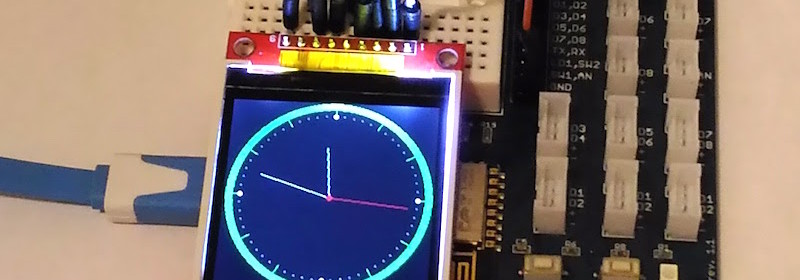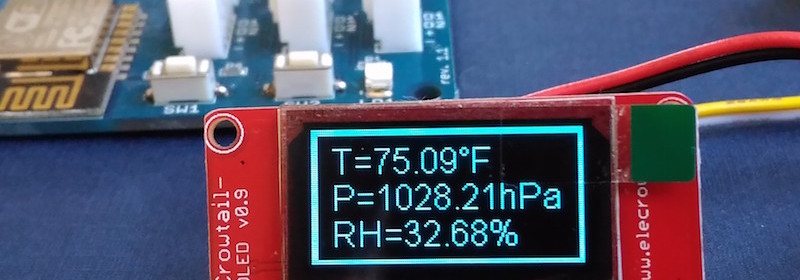Heart rate monitoring over the internet using ESP8266

With the rapid development and maturing of internet-of-things (IoT) technology, the IoT-driven smart sensors and systems are changing business in multiple industries. In healthcare industry, it is gaining more attention lately because of its immense potential in reducing the cost of tracking health information, as well as in providing health care to people who were not able to receive it before. This project describes a simple remote heart rate monitoring system based on the ESP8266 platform and the Easy Pulse Plugin sensor module. The ESP8266 reads in the analog photoplethysmograph (PPG) output from the Easy Pulse sensor, computes the heart beat rate in real time,
Read more


